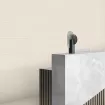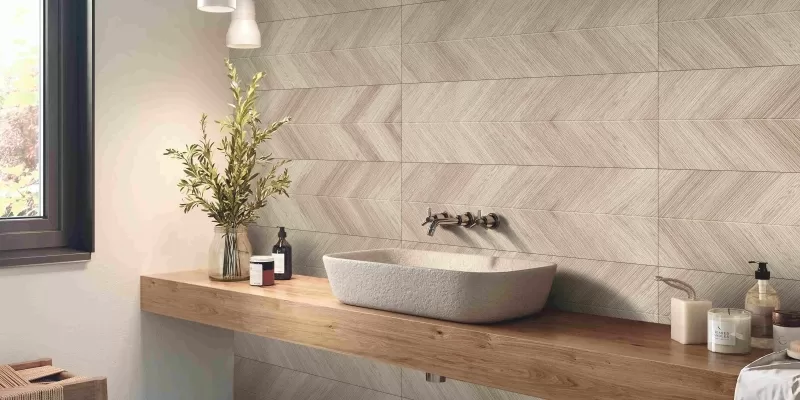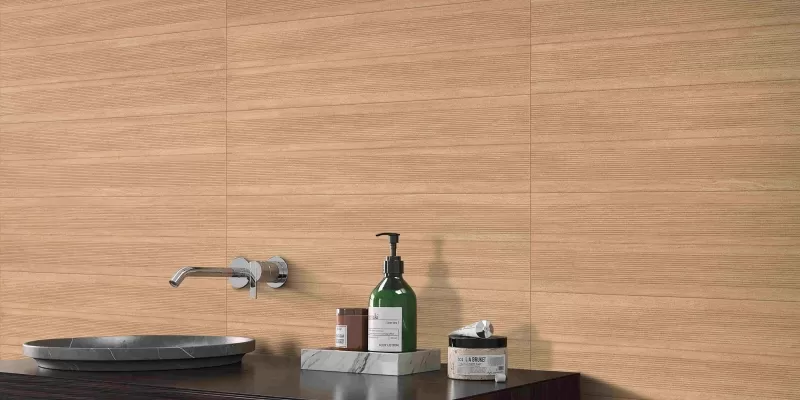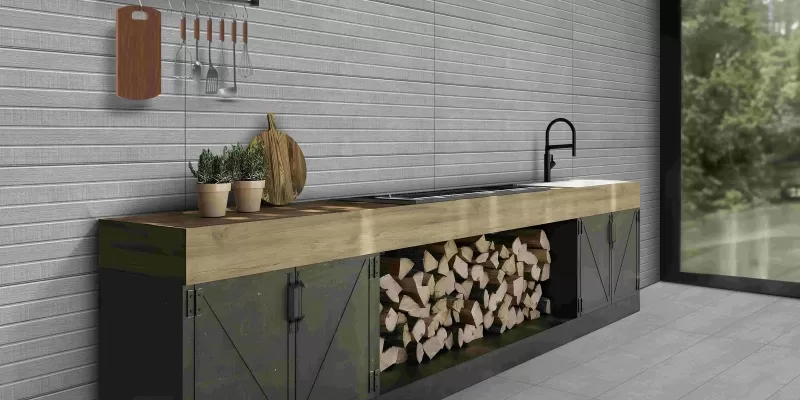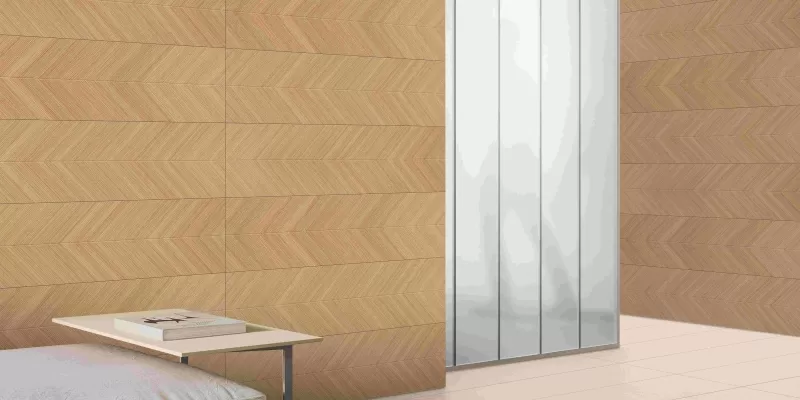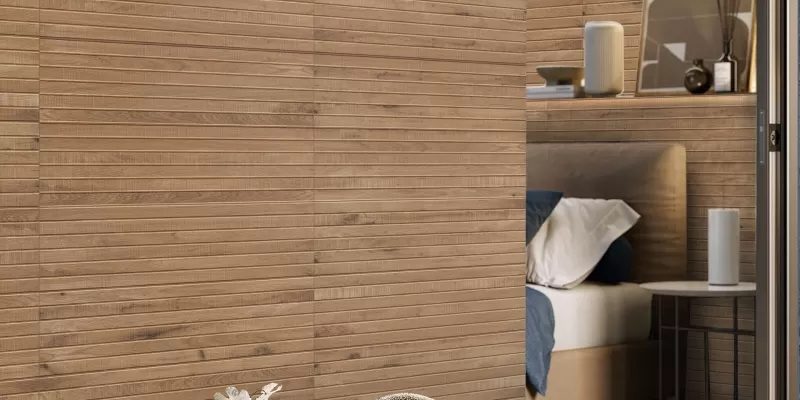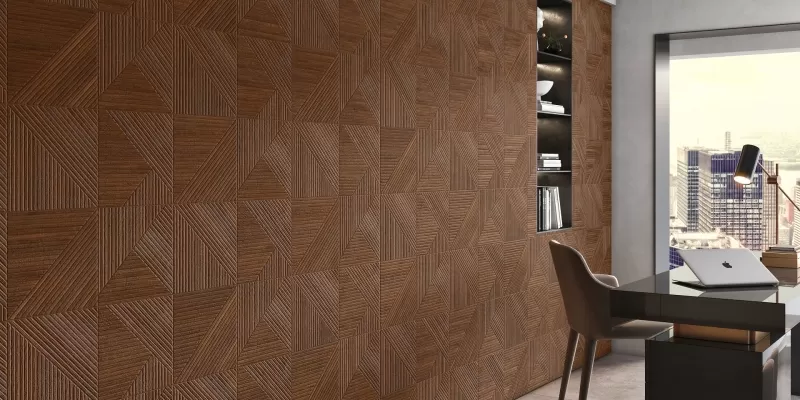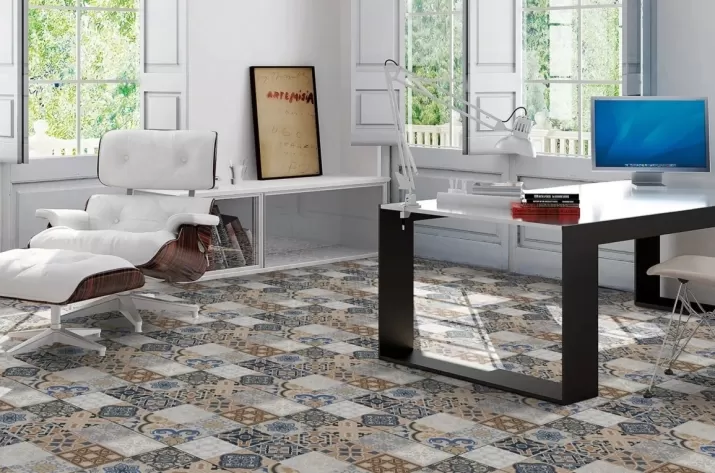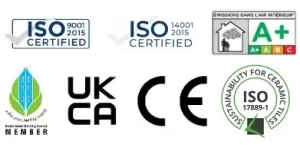Wood Look Tiles
Wood Look Tiles
Wood Look Tiles are an improved form of ceramic tiles made from finer, denser clay that is baked at a predetermined high temperature. They are embossed or stamped using contemporary printing technology, which causes evaporation and causes the water content in the mixture to disappear. Given that they are inexpensive, long-lasting, easy to maintain, and easy to clean, wooden tiles are a perfect alternative to traditional hardwood flooring. Some of the notable advantages of wood-look tiles are:
- Long-lasting.
- Water-resistant.
- Resistant to stain, scratch, and fading.
- Eco-friendly.
- Affordable.
Wood effect tile flooring is a great method to obtain hardwood aesthetics without having to spend money on pricey natural hardwood, The fact that Wood Look Tile blends nicely with any home design, whether classic or modern, is a further significant advantage. You can also arrange these tiles differently to create a distinctive yet modern appearance. Wooden floor tiles are the newest deck craze, and engineers and fashion gurus all around the country recommend them! Check out the selection of Wood Look Tiles from Lavish Ceramics.
View All Products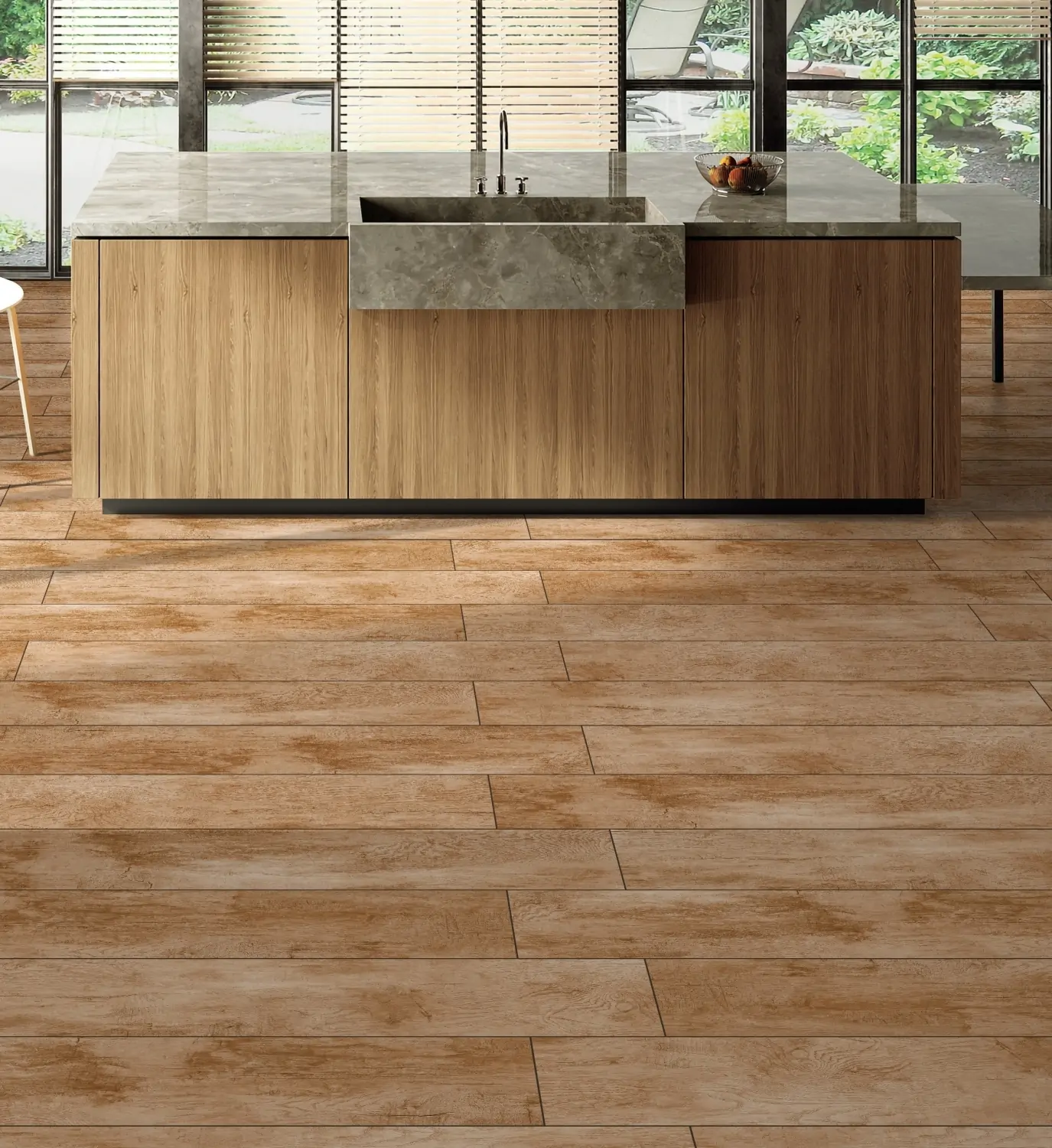
Our Favourites
Collection
Wood Finish Tile
Evoke a sense of luxury with Wood
Wood Look Tiles FAQS
Wood Look tile, as you might have figured, is simply ceramic tile that resembles wood. A lot of these items are so similar to real wood in appearance and feel that it is almost impossible to tell they are not real wood.
Unlike Wooden Flooring, producing wood look tiles does not involve cutting trees. It can be an excellent choice for any area in the house if being “green,” eco-friendly, and leading a sustainable lifestyle are important to you. It offers unrivalled value, outstanding durability, and a staggering array of wood-grain appearances at affordable rates.
Ceramic Wood Tiles share the same physical and chemical properties as ceramic tiles. Therefore, they don’t require any form of varnish or other preservation methods.
Medium-density fiberboard is renowned for being stable and dense. It is a kind of plywood made from Wood Fiber and resin. They may appear as tiles.
Ceramic and Porcelain Wood Tiles perfectly imitate the texture and characteristics of real wood, including the grains and warm colours that make it look natural.
Yes. Wood Look Tiles are a great option for your home interiors. For homeowners who value the classic elegance of hardwoods but need the flexibility and durability of tiles, porcelain wood look tile can be the ultimate pick.
No. The claim that hardwood tiles are pricey is untrue. In contrast to actual hardwood flooring, which is expensive and difficult to maintain, wooden look tiles are significantly cheaper. You can consider wooden look tiles, which look as natural as real wood if you want the same aesthetic but don’t want to spend a lot of money.
No. Wood Look Ceramic Tile is the least expensive among real hardwood and Wood Look Porcelain Tile.
Low-grade hardwood tiles can last as little as 20–30 years, whereas good-grade and quality installation can last for 50–80 years or more. In contrast, wood-look tiles could survive for up to 75 years. They won’t fade or change in texture or colour over a long period. Moreover, they require little to no maintenance and are simple to mop.
Wooden floors are not as durable and tough as tiles, which are also much easier to clean and maintain because they are made of hard material. Additionally, wooden flooring is more prone to scratching, flaking off, and chipping. Thus, tiles are a better option in terms of durability and sustenance.
Yes. Wood Look Tiles are easy to clean. And because of their size and durability, the tiles can be installed in unique ways that give the room even more personality.
Yes. The cost of natural wood planks and wooden tiles differs significantly. Compared to other flooring options, purchasing new wood floors requires a bigger investment. It costs more than installing tiles.
Articles & Media
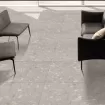
Terrazzo vs. Marble: Which Is Better for...
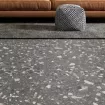
How to Mix Stone and Terrazzo for...
